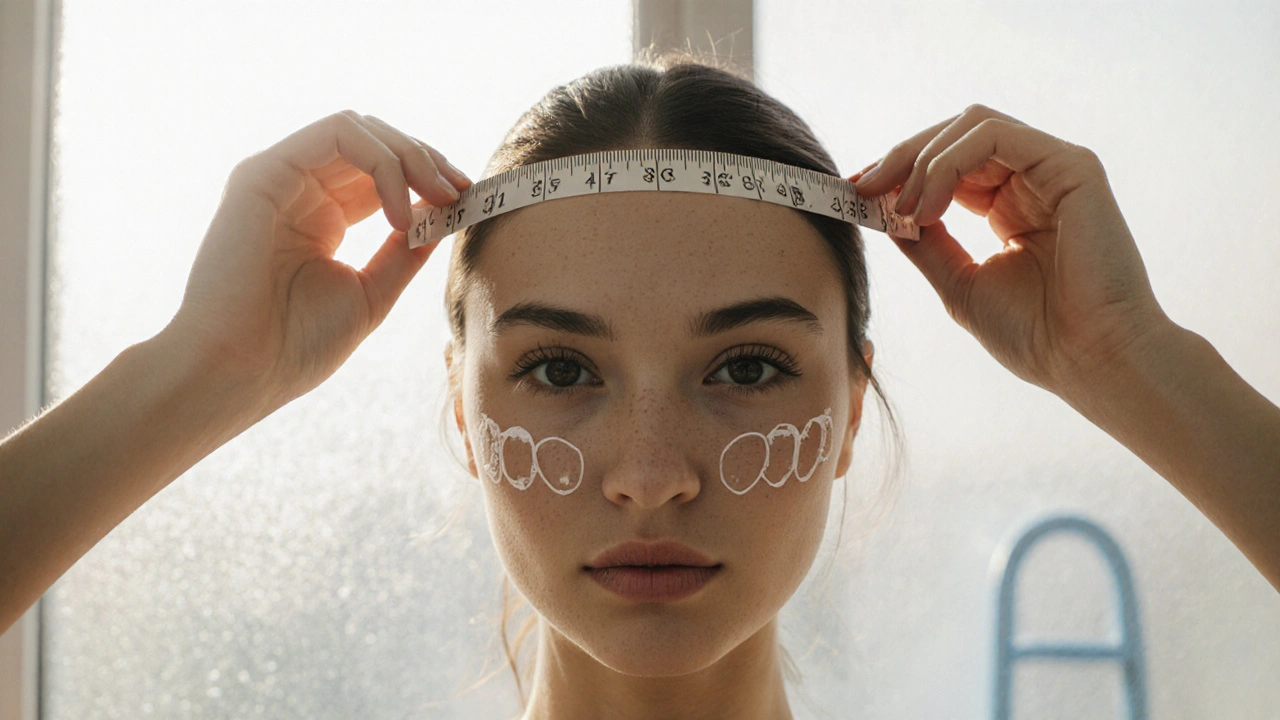When talking about best haircut, a cut that flatters your face, works with your hair type, and fits your lifestyle. Also known as top haircut, it helps you feel confident and makes daily styling easier. Hair texture refers to the natural curl pattern, thickness and porosity of your strands is a key factor, because a style that ignores texture will quickly look messy. Face shape describes the overall proportions of your forehead, cheekbones, jawline and chin guides the length and layering choices that best balance your features. Finally, Haircut styles include everything from classic bobs to layered shags and buzz cuts provide the toolbox you’ll pick from when you sit down with a stylist.
A best haircut isn’t just a trend; it’s a practical solution. It encompasses the right haircut style, the right hair texture handling, and the right face shape considerations. For example, someone with a round face and fine, straight hair will benefit from a layered bob that adds height and angles, while a person with a square jaw and curly hair may prefer longer layers that soften the jawline. Understanding these three pieces lets you ask the right questions at the salon and walk out with a look you can own every day.
Thin, fine hair tends to lay flat, so a blunt cut can make it look even thinner. Adding soft layers or a subtle angle gives the illusion of volume. Thick, coarse hair can handle heavier layering, which reduces bulk and prevents the ‘puffy’ look. If you have waves or curls, a cut that follows the natural curl pattern—like a DevaCut or a curl‑friendly shag—keeps the shape intact and reduces shrinkage. In each case, the texture tells the stylist how much length to keep, where to place layers, and which styling tools (like diffusers or flat irons) will work best.
Hair texture also influences maintenance. Fine hair often needs lightweight products and gentle heat, while coarse hair may need richer creams and regular trims to avoid split ends. Knowing the texture‑maintenance link helps you pick a haircut that fits the time you have for styling. A low‑maintenance buzz or a pixie works great for busy mornings, while a longer layered look may need a few extra minutes but offers more styling versatility.
Beyond texture, your day‑to‑day routine matters. If you hit the gym daily, a haircut that stays in place with a light gel or a knot‑ready ponytail is a win. If you’re a professional who needs a polished look, a sleek bob with a straightening routine might be the answer. The best haircut adapts to your lifestyle, not the other way around.
Now let’s talk face shape. A heart‑shaped face (wide forehead, narrow chin) shines with side‑swept bangs and soft layers that balance the top and bottom. Oval faces get away with almost any style, but a blunt cut at the jaw can highlight the natural symmetry. Square faces benefit from cuts that add softness—think long layers or a textured lob. Long faces need height at the crown and width at the sides, so a layered shag or a side part works wonders. By matching the cut to your face geometry, you instantly create a harmonious look.
Choosing the right haircut also means thinking about the tools you’ll use. If you love curling irons, a cut with natural movement—like loose layers or a curtain‑bang style—makes it easy to create waves. If you’re a fan of straightening, a sleek blunt cut reduces the need for constant heat and keeps the hair looking smooth. The cut you pick should enable the tools you already own, not force you to buy new gadgets.
One often‑overlooked entity is hair extensions. When you want length or volume beyond what your natural hair can give, extensions become part of the haircut equation. Tape‑in or clip‑in extensions blend best with layered cuts that hide attachment points, while a blunt cut can expose them. Deciding whether extensions are part of your plan early on helps the stylist shape the cut accordingly, ensuring a seamless finish.
All of these pieces—texture, face shape, styling tools, and even extensions—create a web of decisions that shape the final outcome. When you walk into a salon with this roadmap, you’re not just asking for a “new look”; you’re guiding the stylist toward a solution that works for you now and as your hair changes over time.
Below, you’ll find a curated list of articles that dive deeper into each of these topics. From spotting low‑quality hair extensions to mastering the perfect eyebrow wax, the posts cover the full spectrum of grooming decisions that surround your best haircut. Ready to explore? Let’s get into the details and give you the confidence to choose the style that truly fits you.

Find the perfect haircut that flatters both your face shape and nose. Learn to measure, choose styles, avoid common pitfalls, and get expert styling tips.